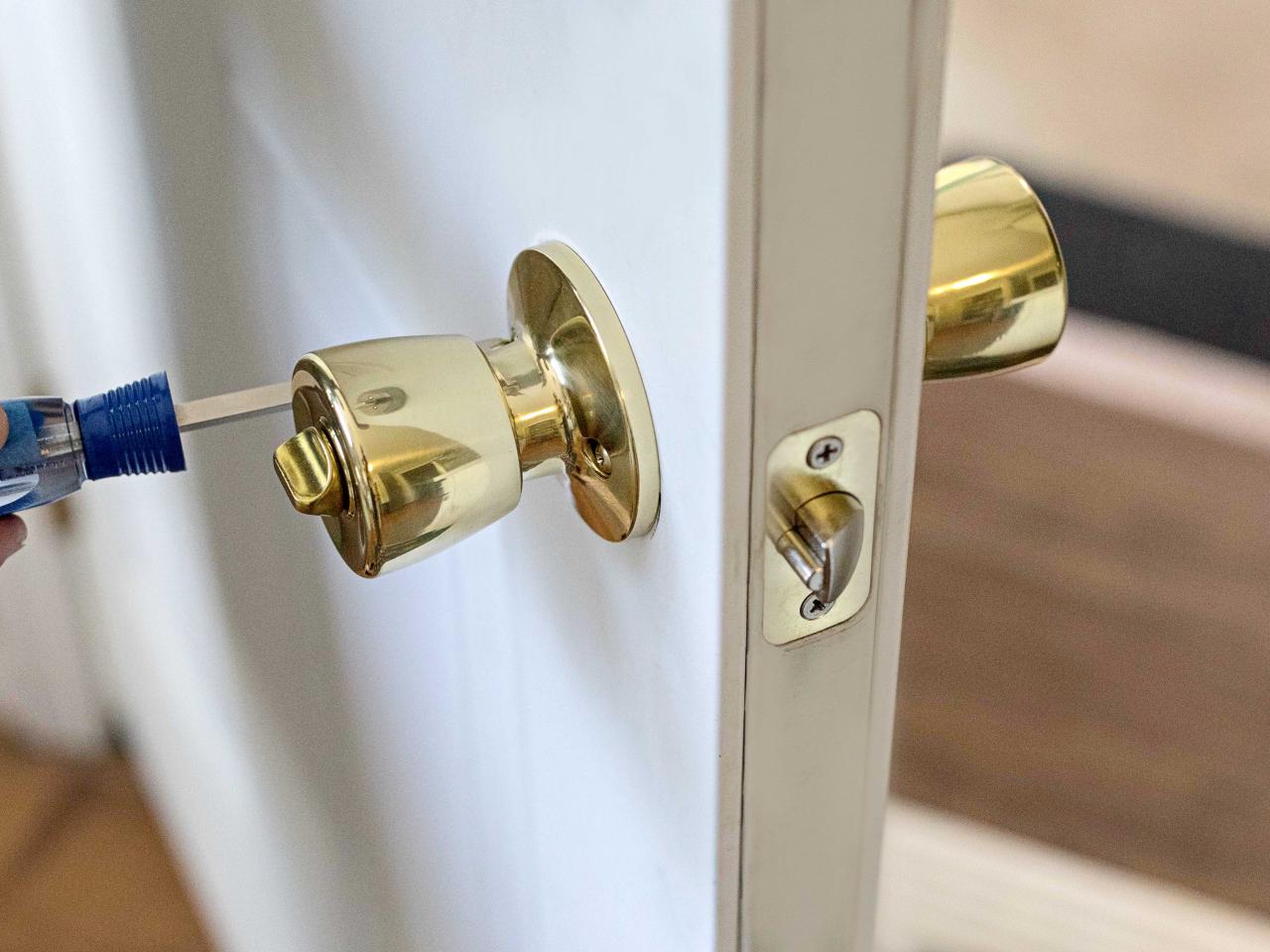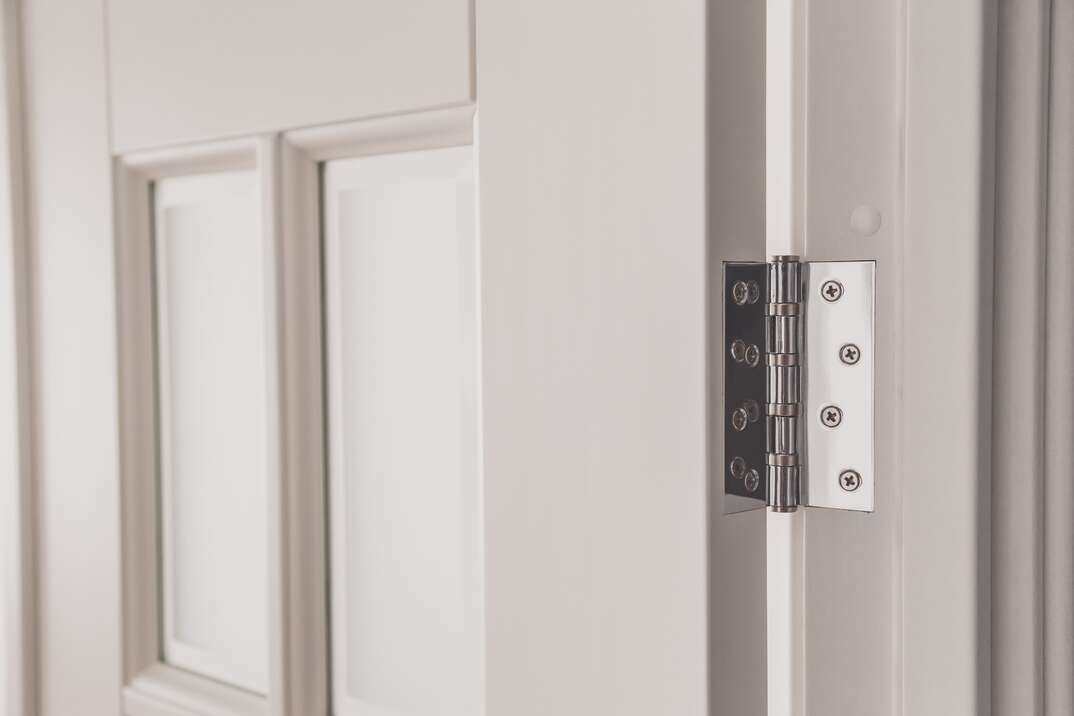
Unlocking the Gateway: A Guide to Replacing Your Doorknob
When it comes to home maintenance and improvement, sometimes the smallest changes can make a significant impact. One often overlooked but crucial element is the humble doorknob. Though seemingly mundane, a doorknob plays a vital role in both the aesthetics and functionality of a door. In this guide, we will explore the reasons why you might consider replacing your doorknob and walk you through the process.
Enhancing Aesthetics and Style
Your home’s overall aesthetic is composed of various elements, and the doorknobs are no exception. Over time, doorknobs can become worn, faded, or simply outdated. Upgrading your doorknobs can instantly refresh the look of your doors and contribute to a more cohesive and modern interior design. Consider choosing doorknobs that complement the overall style of your home, whether it’s contemporary, traditional, or somewhere in between.
Improving Security Features
The primary function of a doorknob is to provide security, and advancements in technology have led to doorknobs with enhanced security features. If your current doorknob is outdated or lacks modern security features, it might be worth considering an upgrade. Newer models often come with features like keyless entry, smart lock integration, and additional reinforcement against forced entry, providing you with peace of mind.
Increasing Functionality and Convenience
As technology evolves, so do the functionalities of everyday items, and doorknobs are no exception. Upgrading to a more modern doorknob can offer added conveniences such as touch-sensitive or keyless entry options. These features not only enhance the overall user experience but also contribute to a more streamlined and efficient daily routine.
DIY Doorknob Replacement: A Step-by-Step Guide
Now that you’ve considered the reasons for upgrading your doorknob let’s delve into the practical aspect of replacing it. Before you begin, make sure to choose a replacement doorknob that fits the existing borehole and aligns with your aesthetic preferences.
- Gather the Necessary Tools and Materials:
Before you start the replacement process, gather the tools and materials you’ll need. This typically includes a screwdriver, a tape measure, and, of course, your new doorknob. - Remove the Old Doorknob:
Start by removing the screws from the faceplate on the interior side of the door. Once the screws are removed, pull the interior and exterior doorknobs apart. You may need to use a flathead screwdriver to gently pry them apart. - Remove the Latch Plate:
After separating the doorknobs, locate the screws holding the latch plate in place. Remove these screws and pull out the latch assembly from the edge of the door. - Install the New Latch Plate:
Position the new latch plate in the same location as the old one and secure it in place with the provided screws. - Attach the New Doorknob:
Slide the spindle of the new doorknob through the latch assembly and align the exterior and interior doorknobs. Secure them in place with the screws provided. - Test the New Doorknob:
Before completing the installation, test the new doorknob to ensure it operates smoothly. Check the latch alignment and make any necessary adjustments.
By following these steps, you can easily replace your doorknob and enjoy the aesthetic and functional benefits of a fresh, upgraded look.
If you’re looking for stylish and innovative doorknob options, consider exploring the enticing designs at DesigningTemptation.com. Replace your doorknob with a statement piece that not only enhances security but also adds a touch of sophistication to your home.
Conclusion
While it may seem like a small change, replacing your doorknob can have a big impact on your home’s overall look and functionality. Whether you’re aiming to enhance aesthetics, improve security, or simply embrace modern conveniences, upgrading your doorknobs is a step in the right direction. Follow the DIY guide provided here, and don’t forget to explore the exciting doorknob options available at Designing Temptation for a truly transformative upgrade.




